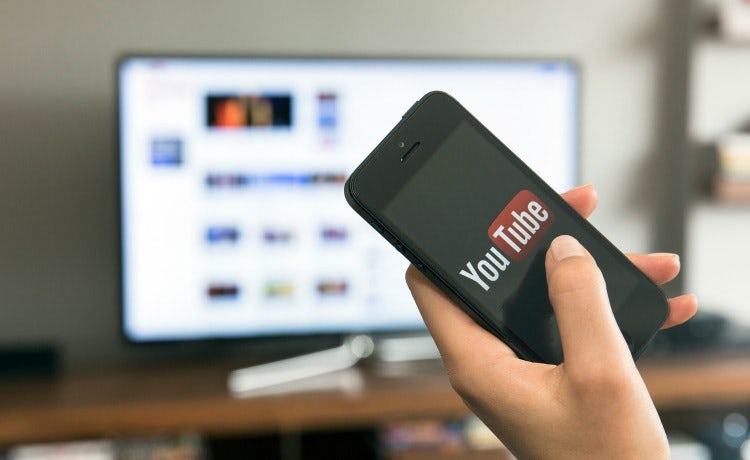Channel 4 on the ‘misinformation’ around advertising to young people
The broadcaster says there is still a lot of misinformation when it comes to video advertising to younger audiences.

Channel 4 says it’s time for brands to adjust their understanding of 16- to 24-year-olds, and “not believe the hype” when it comes to young people mainly spending their time watching YouTube videos or sending each other photos on Snapchat.
Speaking at a Thinkbox event today (29 March), Georgina Harvey, research manager at Channel 4, discussed the broadcaster’s segmentation study into young people’s video preferences and claimed there is a lot of “misinformation” around advertising to this age group.
Using a sample of 1,000 16- to 24-year-olds, Channel 4 found that while the common perception might be that young people no longer watch TV, Harvey said the opposite is true.
Of the 1,000 young people surveyed, 90% said they had watched TV on a TV set over the last month. Meanwhile, 94% of respondents had watched video through YouTube, Vimeo or Vevo. Almost all (92%) had used a social media platform – but less than half of them have watched a video.
“While they’ve all accessed [a video] platform, the content they’re consuming is very fragmented. Only 20% watched a vlogger in the last 30 days, so please don’t rush off and put all of your money into vloggers,” she said.
Meanwhile, 100% of its sample reported watching All4, BBC iPlayer or ITV hub content either on-demand, through catch-up or live in the past month, which Harvey claims demonstrates that established media brands are still acting as “social glue”.
Only 20% watched a vlogger in the last 30 days, so please don’t rush off and put all of your money into vloggers.
Georgina Harvey, Channel 4
‘Don’t believe the hype’
The study also divided the young people into different audience segments, depending on how they viewed their content. ‘Pop socials’ enjoy watching live TV, while ‘bingers’ watch a lot of content in one sitting. ‘VoD socials’ consume a lot of video, and only binge if they have someone to watch the content with.
‘Short snappers’ were identified by Harvey as a segment that “marketers want to believe is where all 16- to 24-year-olds are” – but she had a strong word of caution for the audience.
“Please don’t believe the hype. Short snappers are most likely to being watching YouTube and short form content, but they are alone in their bedroom. Living with mum and dad means they don’t get a lot of access to the main TV and they don’t have a lot of disposable cash either. They watch anything as long as it’s free,” she explained.
When it comes to commercial receptiveness, ‘short snappers’ are not the audience brands should be targeting. Instead, they should look at VoD socials, as Channel 4 claimed they are highly engaged with brands and have the biggest spending power.
She concluded: “People might tell you to shove all of your spend into Snapchat, as that’s where all the young people supposedly are, but despite being the most engaged segment when it comes to Snapchat, only six in 10 use it daily. And they are less likely to be engaged with your ad or brand.”
Insight is one of the categories at Marketing Week’s Masters of Marketing awards, taking place in October. For more information on the awards including a full category list and how to enter, visit www.festivalofmarketing.com/awards






